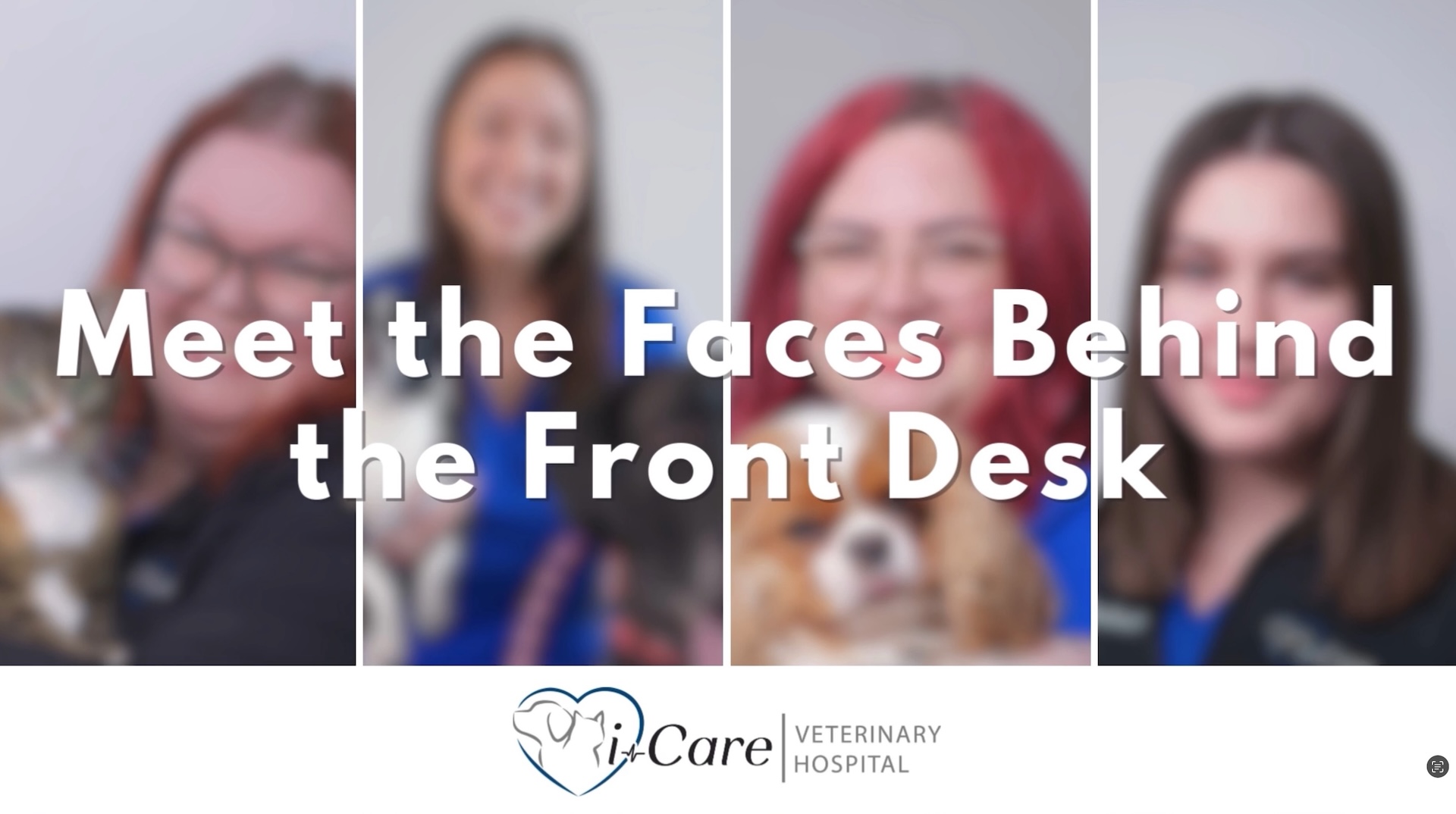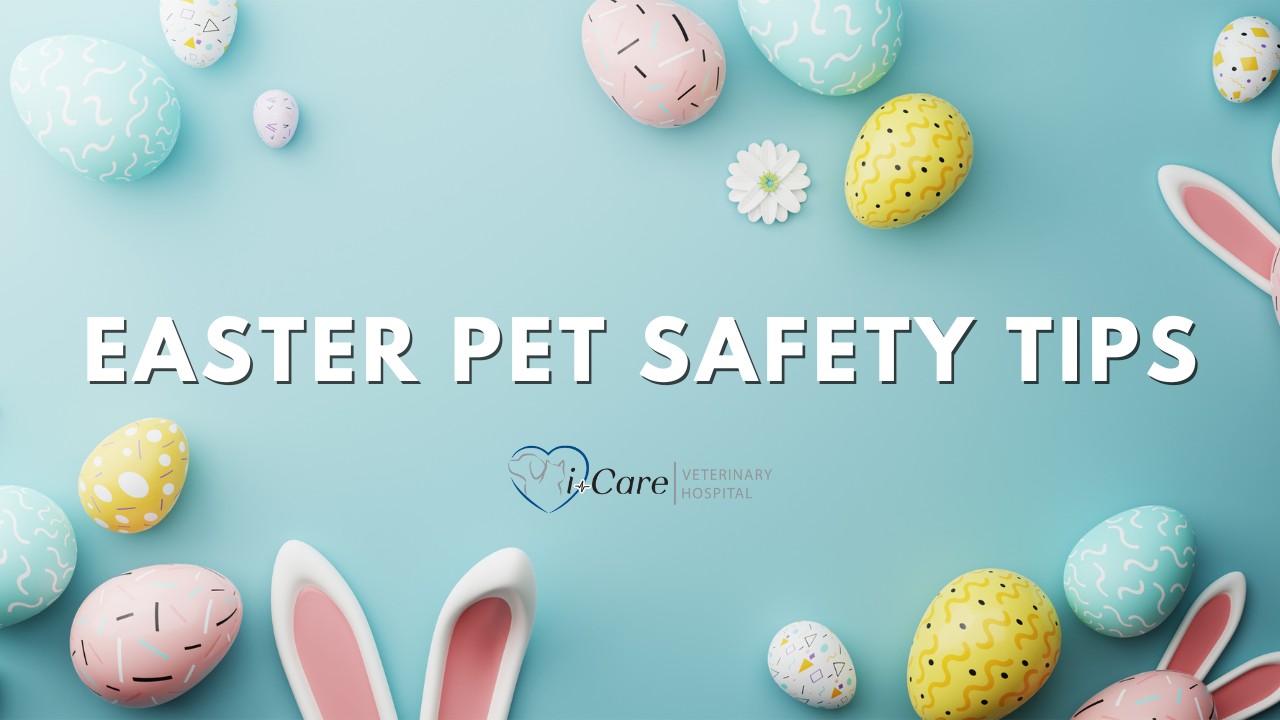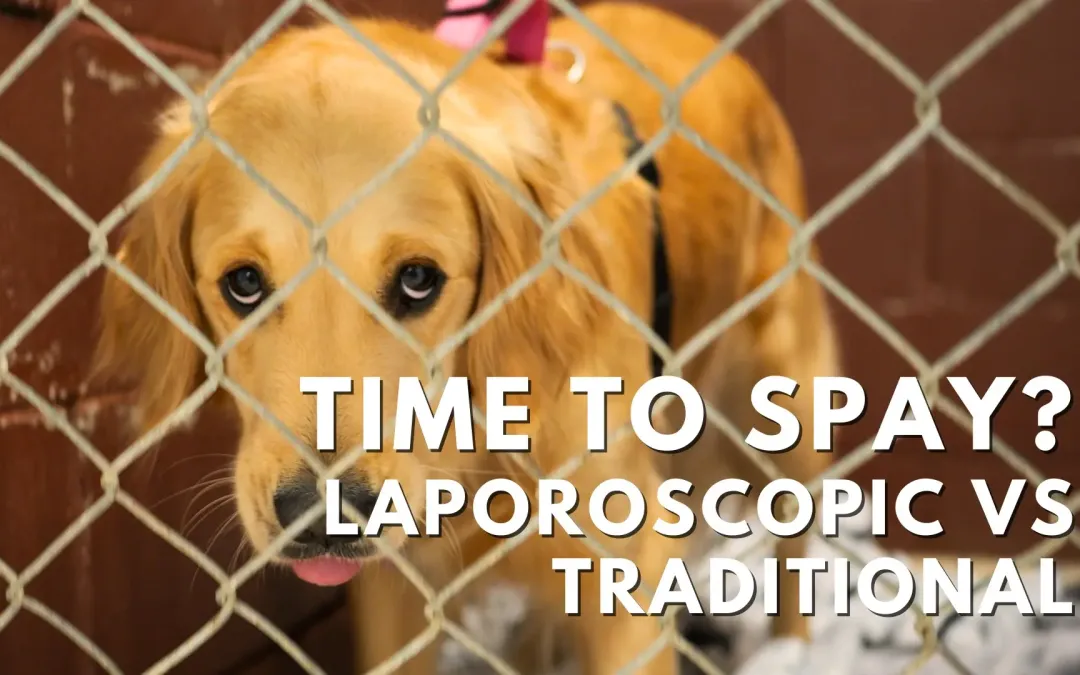20 Apr Celebrating the Unsung Heroes: Veterinary Receptionist Week 2025
At i-Care Veterinary Hospital, we often say that our receptionists are the glue that holds the clinic together. If you’ve ever called us in a panic, walked in with a nervous pup, or needed help managing your pet’s care, you’ve likely experienced their magic firsthand. This week, we proudly join clinics across the country in celebrating Veterinary Receptionist Week. It's a time to recognize the incredible individuals who keep our front desk humming, our schedule organized, and our clients and patients feeling cared for. A Tribute to Our Team Here at i-Care, we are incredibly lucky to have a front desk team that not only keeps us running but brings joy and warmth to every corner of our hospital. They are the bridge between clients and care, between questions and solutions. This week, we want to say a heartfelt thank you to each of them. We’ve put together a short tribute video featuring our receptionist team. Take a moment to watch and help us show them some love. https://youtu.be/5uTlWJqLLic?feature=shared What Do Veterinary Receptionists Really Do? Let’s lift the curtain for a moment. Being a veterinary receptionist is about far more than answering phones (although they do a lot of that too). They are: The first hello and the last goodbye in your pet’s visit The steady voice when emergencies hit The masters of multitasking, juggling phone calls, emails, medication pickups, schedule changes, and all the “quick questions” in between The comforters of clients and the calm presence in the storm The ones who remember your pet’s name (and likely their favourite treat too) They work with grace, humour, and empathy even on the toughest days. From All of Us at i-Care To veterinary receptionists everywhere, thank you for being the heart of your hospitals. You are often the first to arrive, the last to leave, and always the first to notice when someone needs a kind word or a caring touch. You are seen. You are appreciated. And we are so grateful for all that you do....






